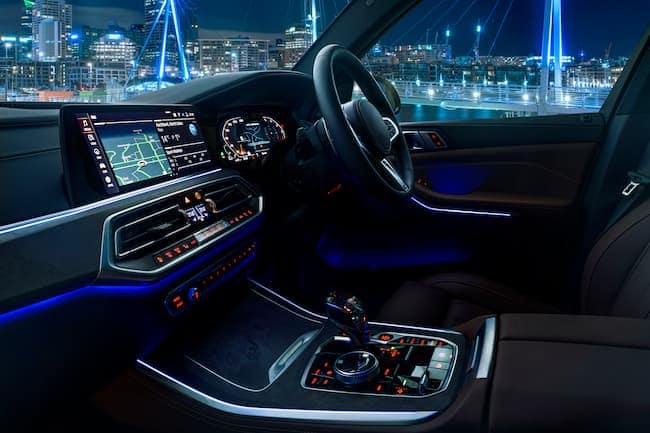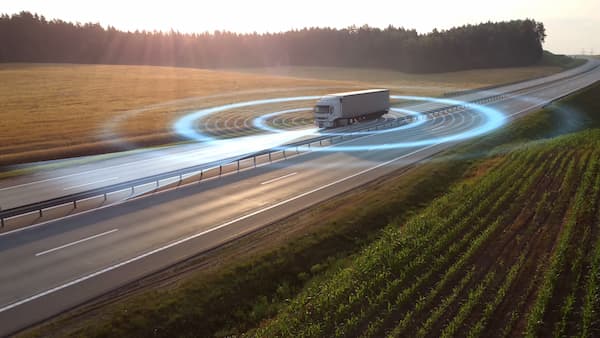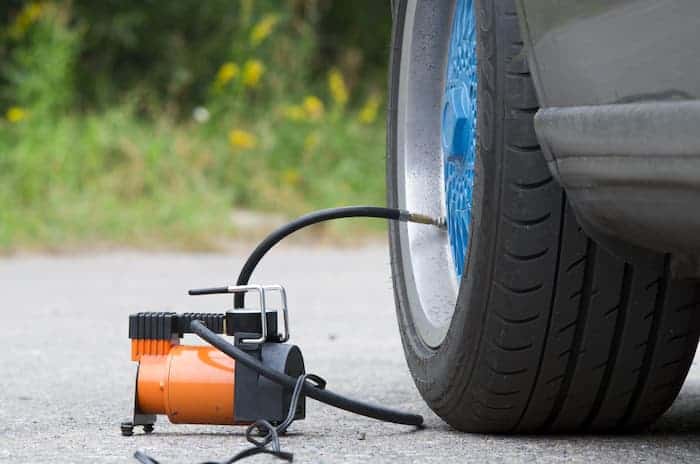Driving at night with the stereo on and cool lights on. That sounds like the ideal combo, doesn’t it? You can learn how to install LED lights in cars under dash, truck, or SUV from this article. It’s affordable, easy to do, and creates the ideal vibe! In case you haven’t heard about LED strip lights and you are wondering what they are, LED strip lights are made of a flexible circuit board that’s composed of surface mounted light-emitting diodes (LEDs) and other components that usually comes with an adhesive backing for easy installation.
Tools That are Required
-
- Two or more LED light strips
- Wire Strippers
- Soldering Iron (Optional)
- Solder (Optional)
- Black electrical tape
- 10-amp inline fuse
- 5-10 ft of red and black 16–18-gauge automotive wiring
- Zip Ties
- Multi-meter
Table of Contents
ToggleStep 1: Find the Fuse Box
Locate the fuse box in your car. This ought to be somewhere in the vehicle. Most of the time, it will be in some way on or near the dash. On the drivers’ and passengers’ sides of the dash with the door open, inside the glove box, beneath the dash near the pedals, and on some imports, like the BMW, in the trunk close to the battery, are a few typical areas to look at.
Step 2: Choose When You Want Lights to Be On

There are various settings for when the under-dash lights turn on. One method is to have them turn on together with the headlights or parking lights. The alternative is to have them turn on when the car starts and turn off when it stops. The wiring is essentially the same in both scenarios.
-
- To turn on with headlights
Sometimes it can be a bit difficult to find the fuse for this. The objective is to locate the fuse that is already in charge of your car’s interior lighting. This may also be referred to as gauges, interior lamps, dash lights, and other terms. Keep an eye out for something like these.
-
- To start the vehicle
Compared to the prior approach, this one is simpler. Again, there are multiple fuses available for this procedure. One possibility is to fuse it with the radio, in which case the lights will always be on while the radio is on. Another choice is to use the ignition fuse, which ensures that the lights will always be on anytime the key is turned on and the engine is running.
All that is necessary when selecting one of these two approaches is to splice into the fuse’s wire. Find the hot side of the fuse with a multimeter. Simply attach the metre’s black probe to a vehicle grounding point and the red probe to the fuse to do this. While the fuse is still within the fuse box, place the red probe on one of its sides. Test the other side if no voltage is seen on the first. You will splice into the side that is NOT experiencing voltage.
NOTE: To complete this process, the key must be in the on position. Find the wire coming out of the side of the fuse and attach your wire to it using a connector on the rear of the fuse box. It is placed on the dead side of the fuse to provide additional fire protection.
Step 3: Locate a Grounding Point
Find a place that you can use as a ground under the car’s dashboard. One of the more important steps in this procedure is the ground. The firewall will most likely be the location. The engine compartment will be separated from the interior of the automobile by a firewall that will be situated underneath the dash. There will be several locations on the firewall where components are bolted to it. You can create the ground by removing one of these bolts and using a connection to slide beneath the bolt. Make sure the bolt is tightly tightened.
Step 4: Add the Inline Fuse
You must add a second inline fuse to this circuit for the red wire that is now connected to the fuse to increase safety. As near as feasible to the point at which it is linked to the fuse box, attach the fuse inline.
Step 5: Connect Wires to LED Strips

The first of the two LED strips should be linked to the fuse box wire as well as the ground wire. Add an additional pair of wires to this connection as you’re splicing it together to connect to the second LED strip. Run the wires over to the other side under the dash and join the other strip once this connection is secure.
Step 6: Test
Before you make the last tweaks, this is an excellent moment to test everything. The testing process will vary slightly depending on how the lights are wired. Turn them on as they were wired, and at the conclusion of these instructions are some procedures for troubleshooting if they don’t light up.
Step 7: Mount LED Strips
You ought to have made your mind up about where to place the LED strips by now. The plastic under the dash is where you’ll find it most frequently. NOTE: Before moving on to this phase, be careful to plan where the wire will go! Make sure you route it out of the path of any moving parts, such as the steering column and pedals, and in a way that it can be hidden. Stick the strip to the surface after removing the paper covering the adhesive. To give the adhesive enough time you build up and adhere the surface, make sure to hold it in place for at least 60 seconds.
Step 8: Tidy Up Wiring
Clean up all the wiring that goes to the strips at this point. To keep the wire hidden, zip ties are a useful accessory. Tying the wires into the vehicle’s pre-existing wiring harness is a practical way to accomplish this. Under the dash of most automobiles is a section of the body electrical harness. Any area of the dash will also function if this is not available. Anything that prevents the wires from becoming entangled in any moving parts will work.
Lastly: Troubleshooting:
-
- When no lights will turn on
- Check Fuse
NB: If you connect your LED strip to come on together with your headlights and there is a bad headlight relay, the LED strip lights will not work. To fix a bad headlight relay, replace the relay.
-
- Verify the tightness of each connection.
- If only one light is working
- Check the connection to that strip if only one of the lights is functioning.
- Ensure the LED strip is still functional by hot-wiring it directly from the battery.3




